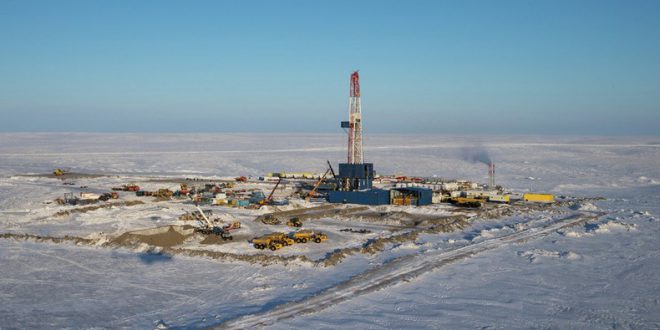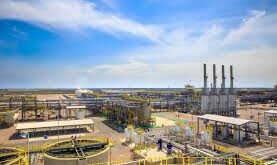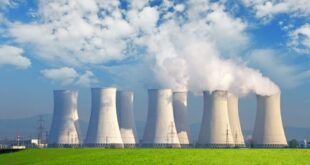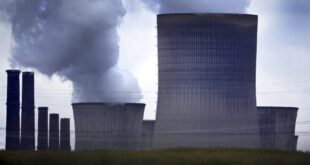Novatek has reported discovery of two new hydrocarbon deposits at the Utrenneye field in Russia in northern West Siberia following the drilling and testing of well #294.
The Russian natural gas producer has confirmed the commercial viability of the newly discovered mid-Jurassic deposits in the Utrenneye field.
Located on the remote Gydan Peninsula in the Yamal-Nenets Autonomous District. the Utrenneye field has been planned to supply natural gas to Novatek’s Arctic LNG-2 project. The reserves are located within the Utrenneye license area and are owned by the Arctic LNG 2 project.
Novatek said that under the Russian reserve classification. the reserves of the two new deposits are estimated at 405 billion cubic meters (bcm) of natural gas and 40 million tons of gas condensate. The figures will be subject to confirmation at Russian state reserves commission. said the Russian gas producer.
Under the Russian reserve classification. the reserves of the Utrenneye field have been recorded to be over 1.5 trillion cubic meters of natural gas and 65 million tons of liquids as of 31 December 2017.
Novatek management board chairman Leonid Mikhelson said: “The natural gas reserves of the Utrenneye field including discovering of new deposits amount to about 2 trillion cubic meters.
“The new deposits expand the reserve potential of the field and open additional opportunities for implementing the Arctic LNG 2 project.“
Earlier this year. Total agreed to acquire a stake of 10% from Novatek in the proposed $25.5bn Arctic LNG 2 project. As per the terms of the deal. the French oil and gas giant will also have an option to acquire an additional stake of up to 5% if the Russian gas producer opts to bring down its stake to 60% in the LNG project.
The Arctic LNG 2 project is expected to utilize the 7 billion plus boe of hydrocarbons resources in the Utrenneye field. In this regard. the LNG project will see construction of three LNG trains using gravity-based structure (GBS) platforms with each of the trains to have a capacity of 6.6 million tons per annum.
 Iran Energy News Oil, Gas, Petrochemical and Energy Field Specialized Channel
Iran Energy News Oil, Gas, Petrochemical and Energy Field Specialized Channel




